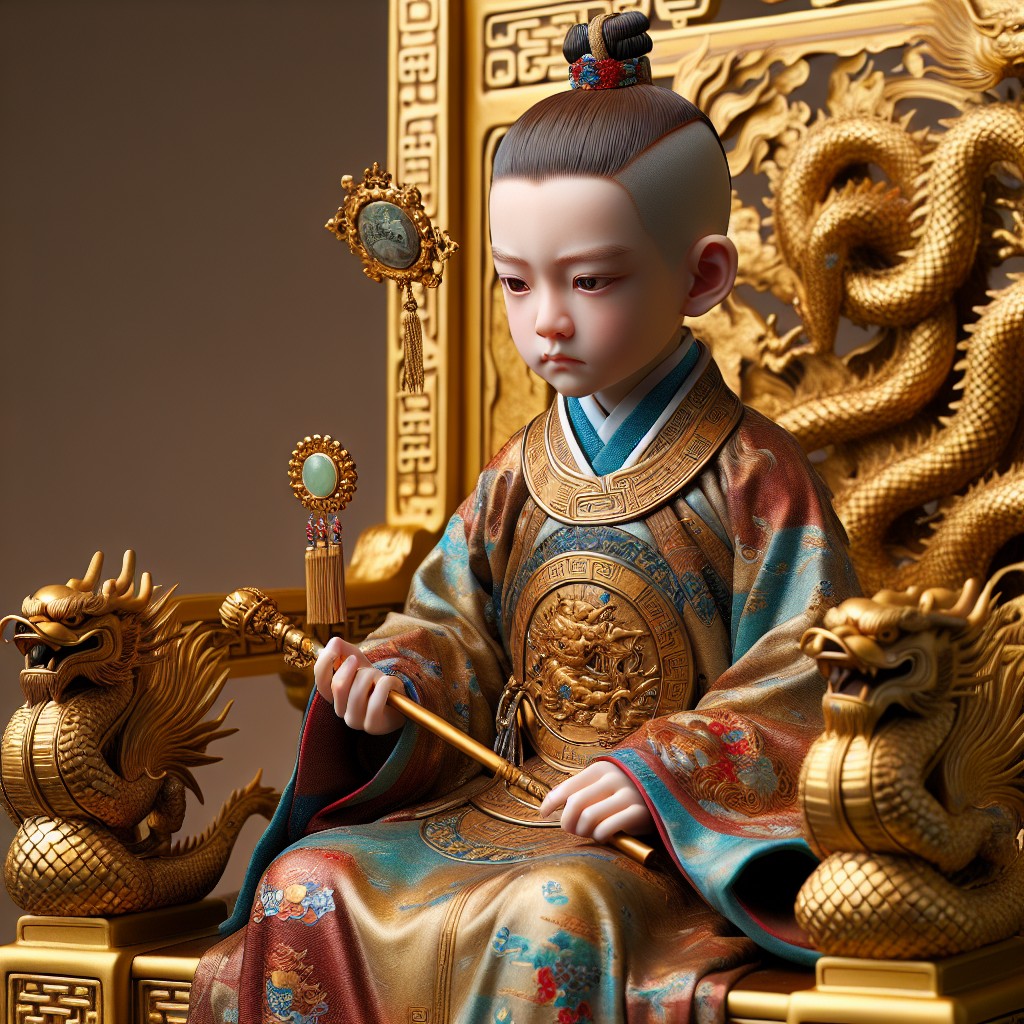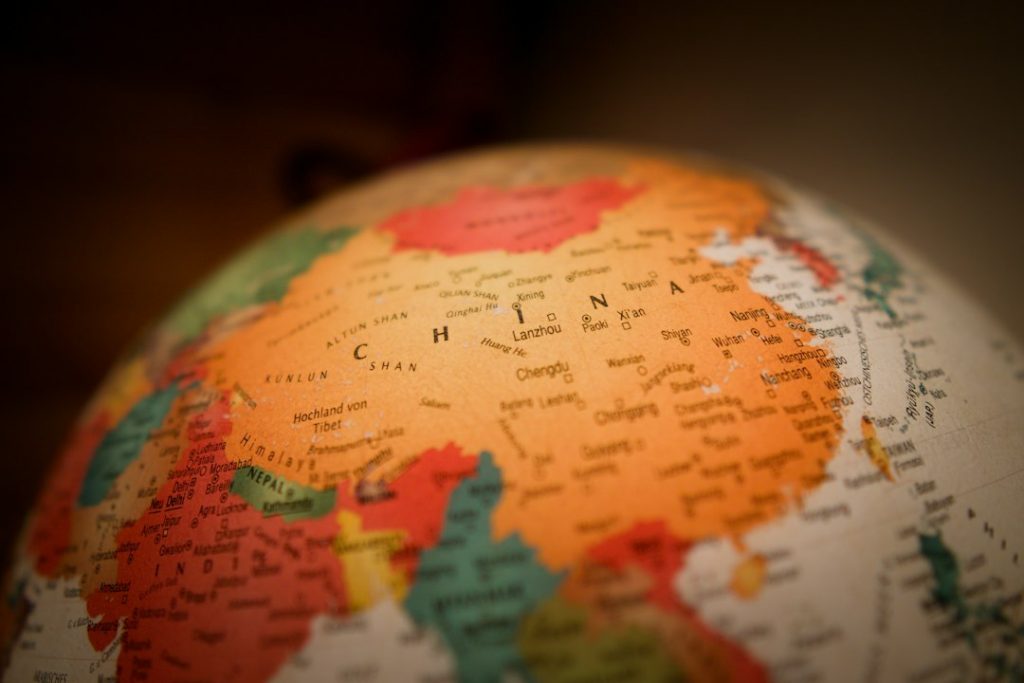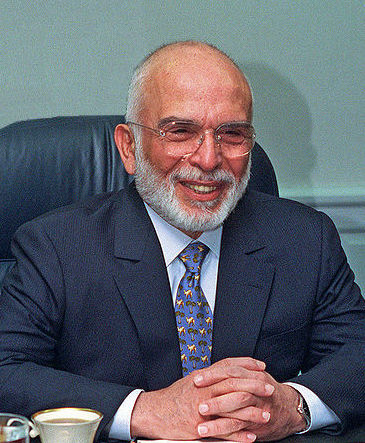
In the tumultuous history of China, there was one individual whose life encapsulated the rise and fall of an empire. Aisin-Gioro Puyi, the last emperor of China, navigated a treacherous political landscape and experienced firsthand the dramatic changes that swept his nation. This article will delve into the life of Aisin-Gioro Puyi, exploring his role as the final emperor, his journey of transformation, and the legacy he left behind.
The Last Emperor of China – Who was Aisin-Gioro Puyi?
Aisin-Gioro Puyi was born in 1906, and at the tender age of two, he ascended the Dragon Throne as the Qing Dynasty’s final emperor. As a young child, he held a symbolic position of power, while real decisions were made by a regency council. However, the winds of change were brewing, and the imperial rule faced increasing challenges from revolutionary forces.
The Rise of Revolution
A century of imperial rule was met with growing discontent as societal and political changes swept across China. The desire for modernization and democracy ignited a series of uprisings against the monarchy. In 1911, the Xinhai Revolution led to the overthrow of the Qing Dynasty, marking the end of more than two thousand years of imperial rule.
A Transformed Emperor
Overnight, Aisin-Gioro Puyi’s life was upended. He was forced to abdicate the throne, and the Imperial Palace in Beijing became a museum, no longer serving as the seat of power. Puyi was thrust into a world he was ill-prepared for, as he was taken captive by warlord Zhang Xun and later placed under the control of Japanese forces during the turbulent Warlord Era.
The Puppet Emperor
During his time under Japanese control, Puyi was installed as the puppet emperor of Manchukuo, a Japanese puppet state in Manchuria. His reign was entirely controlled by the Japanese, who used him as a political tool to legitimize their occupation of China. Puyi’s role was reduced to that of a figurehead, his power an illusion in the face of foreign dominance.
The End of an Era
At the end of World War II, Aisin-Gioro Puyi’s life took yet another dramatic turn. With the defeat of Japan, he was captured by Soviet forces and later surrendered to the Chinese Communists. Puyi was subjected to reeducation and spent ten years in a Chinese prison. It was during his time of incarceration that he underwent a profound transformation, reevaluating his role as emperor and embracing a life of humility and redemption.
A Life in Retrospect
Following his release from prison in 1959, Aisin-Gioro Puyi dedicated himself to a quiet existence. He found solace in gardening and later worked as a gardener in the Beijing Botanical Garden. During his remaining years, Puyi penned his memoir, “From Emperor to Citizen,” offering a glimpse into the complexities of his life and the turmoil he experienced.
Legacy and Reflection
The life of Aisin-Gioro Puyi stands as a testament to the tumultuous history of China in the 20th century. From a privileged position of power to a life overshadowed by political manipulation, his journey mirrored the transformation of an ancient empire into a modern nation. Puyi’s story serves as a reminder of the fleeting nature of power and the need for self-reflection and personal growth in the face of adversity.
Conclusion
Aisin-Gioro Puyi’s life as the last emperor of China represented an era of great change and upheaval. Through the rise and fall of empires, he endured captivity, manipulation, and personal introspection. His legacy is a testament to the resilience of the human spirit and a poignant reminder of the complexities of power. Aisin-Gioro Puyi’s story will forever be intertwined with the history of China, serving as a lesson to never underestimate the transformative power of time and circumstance.


